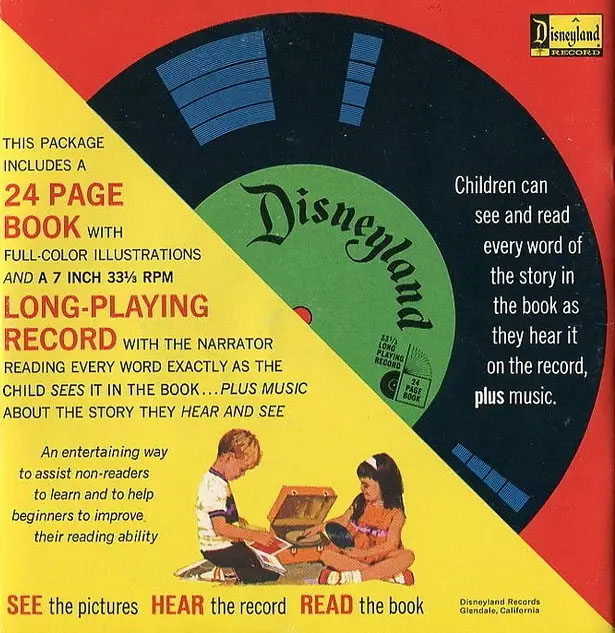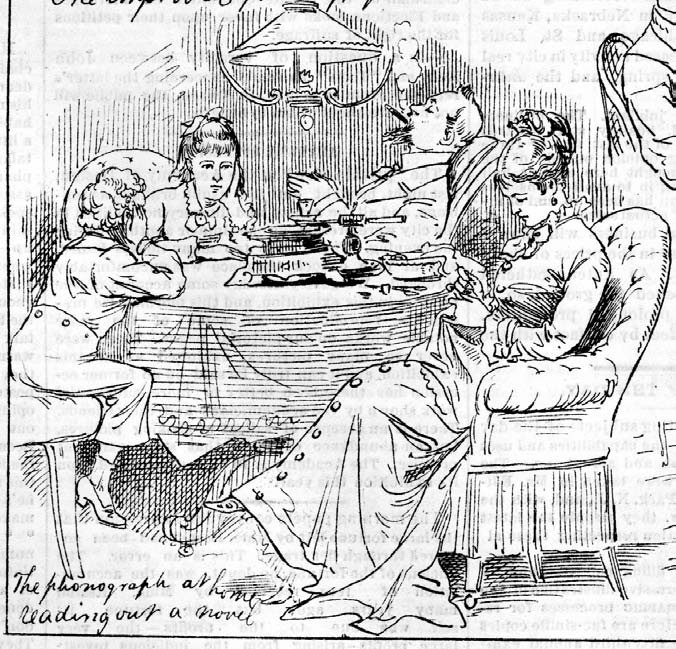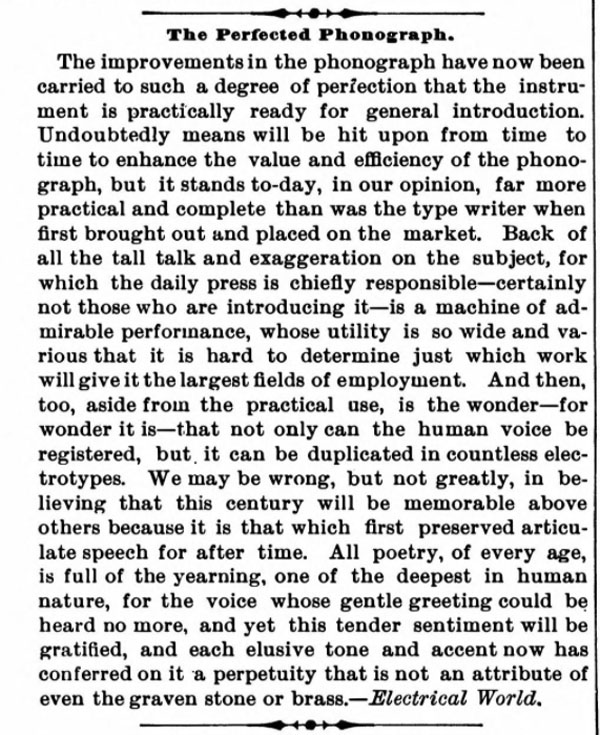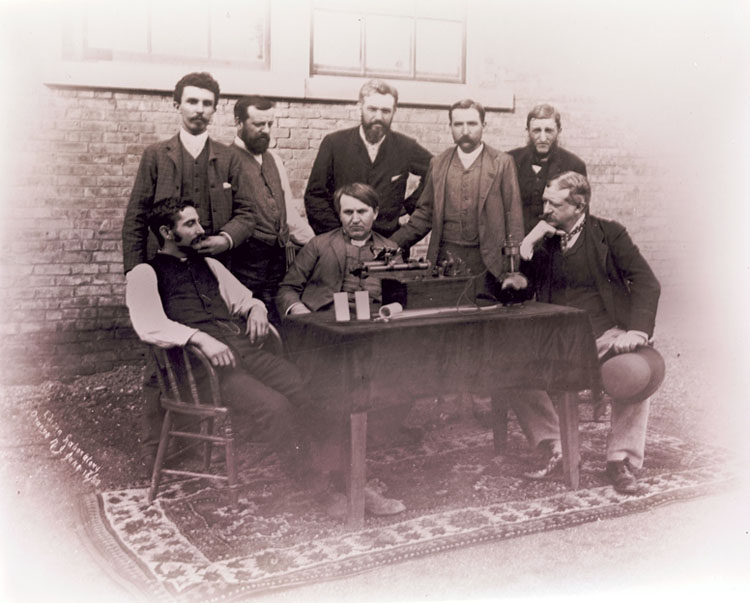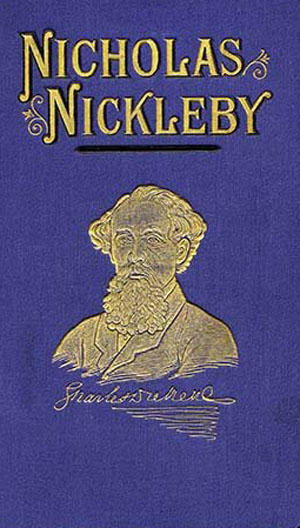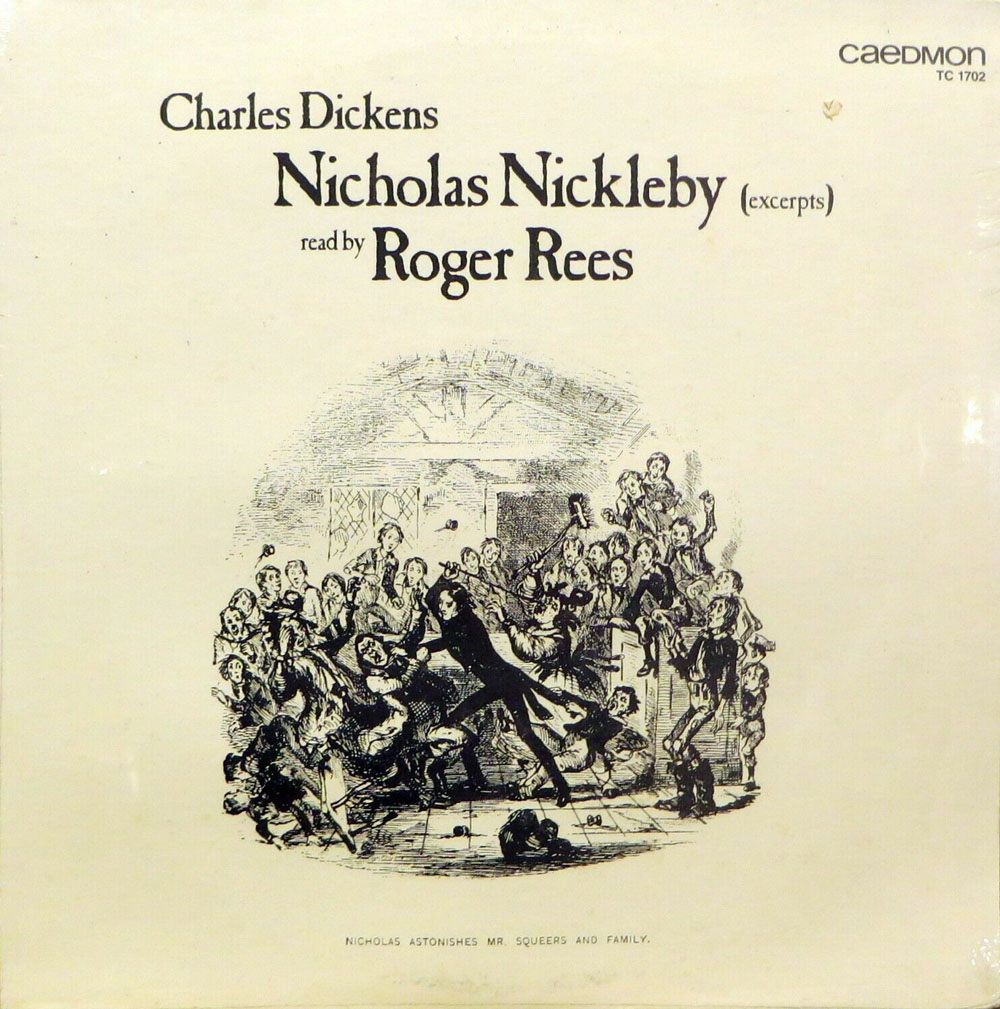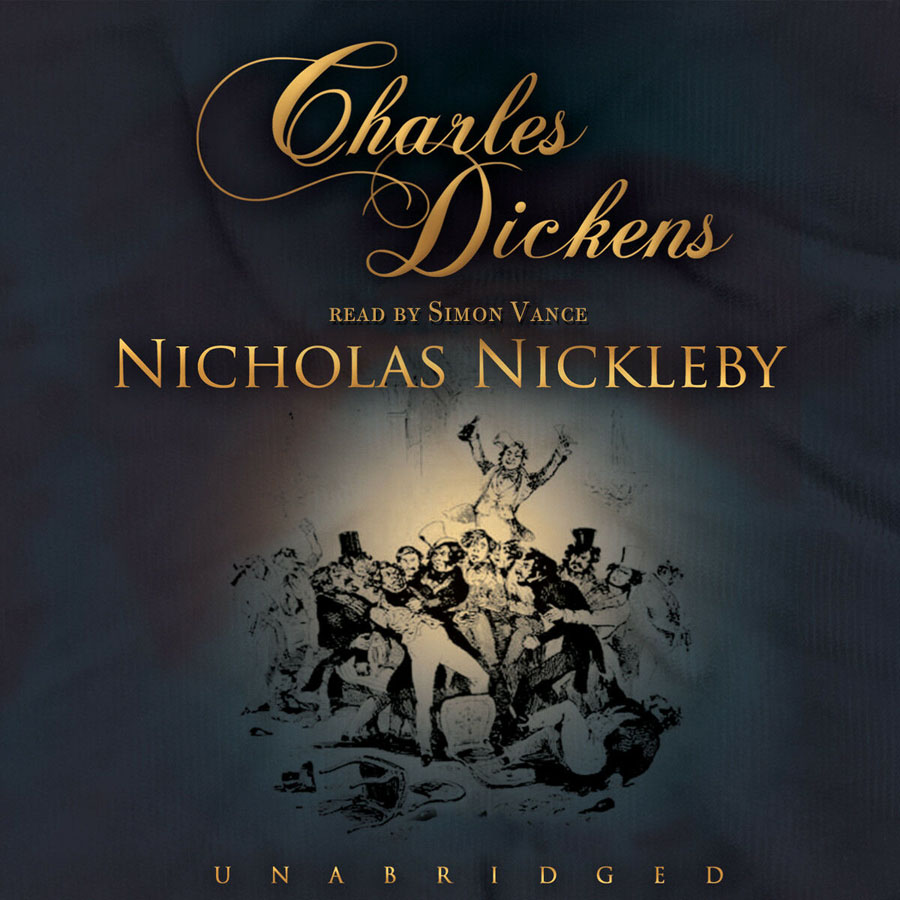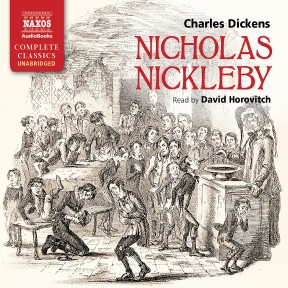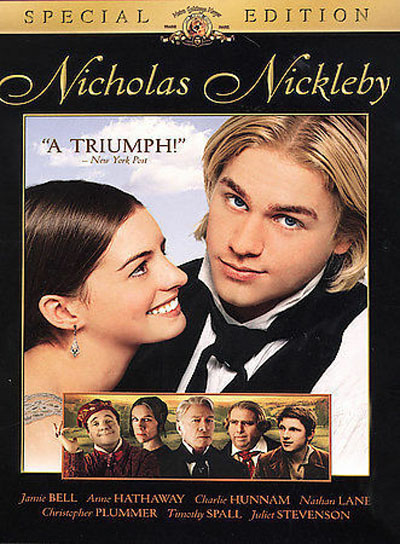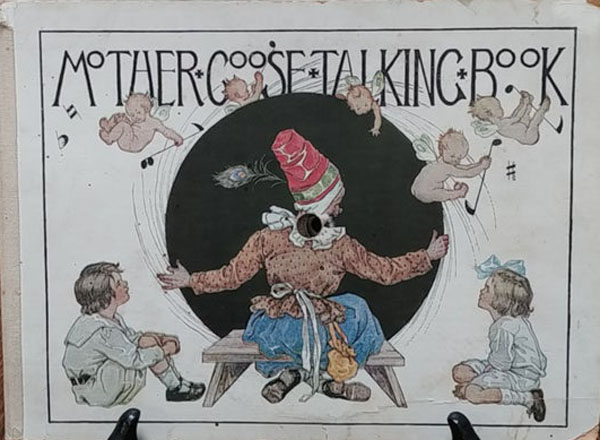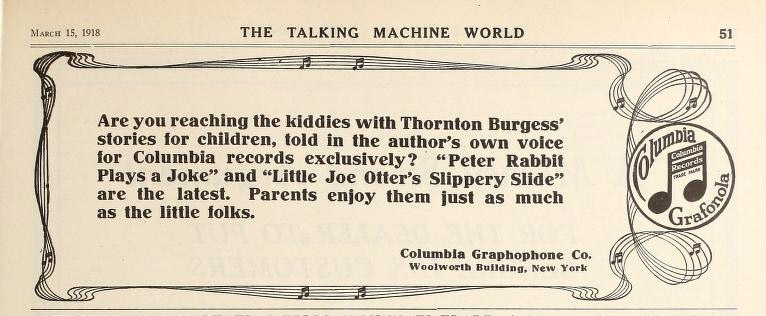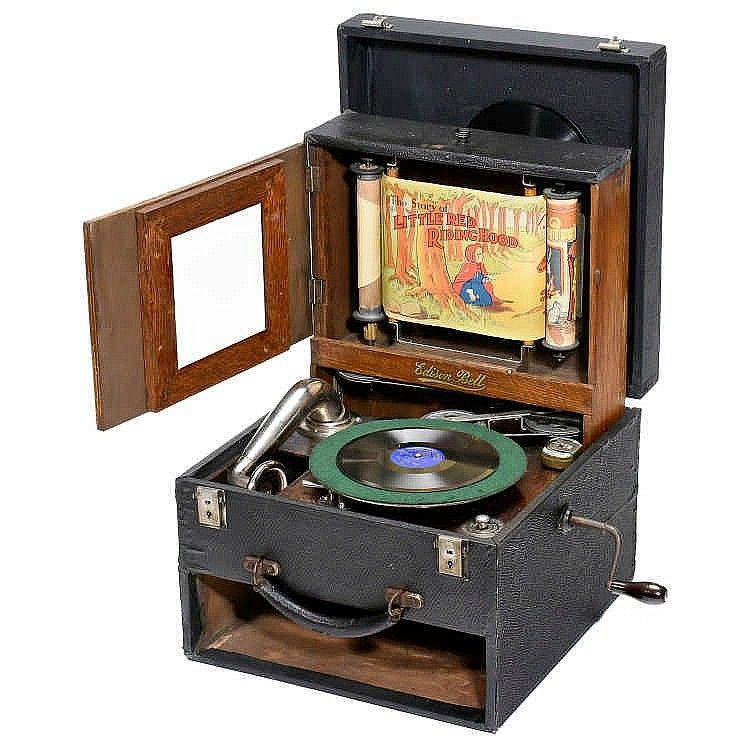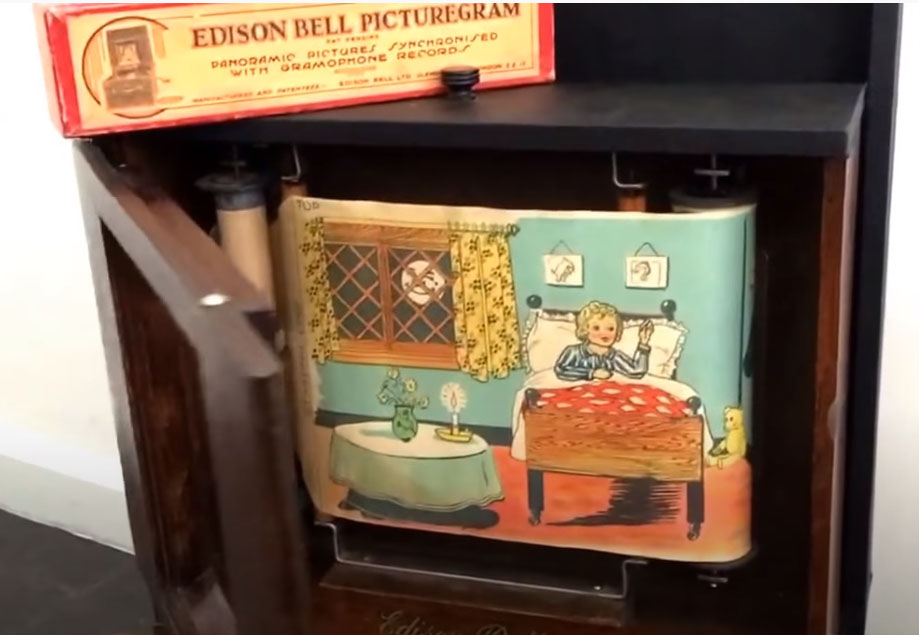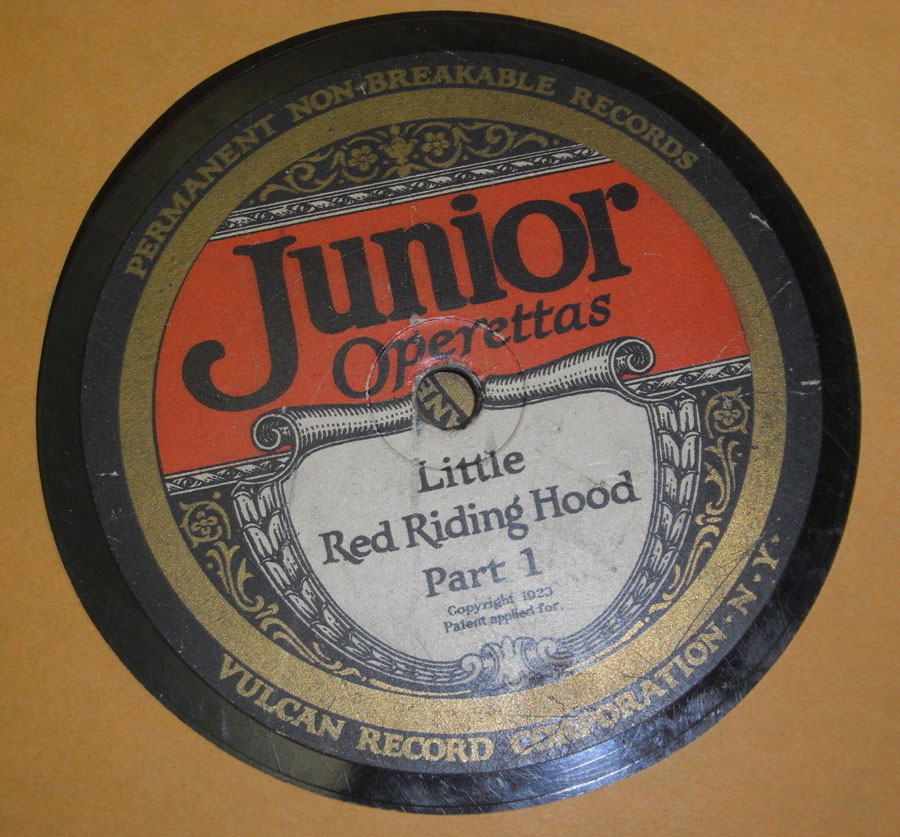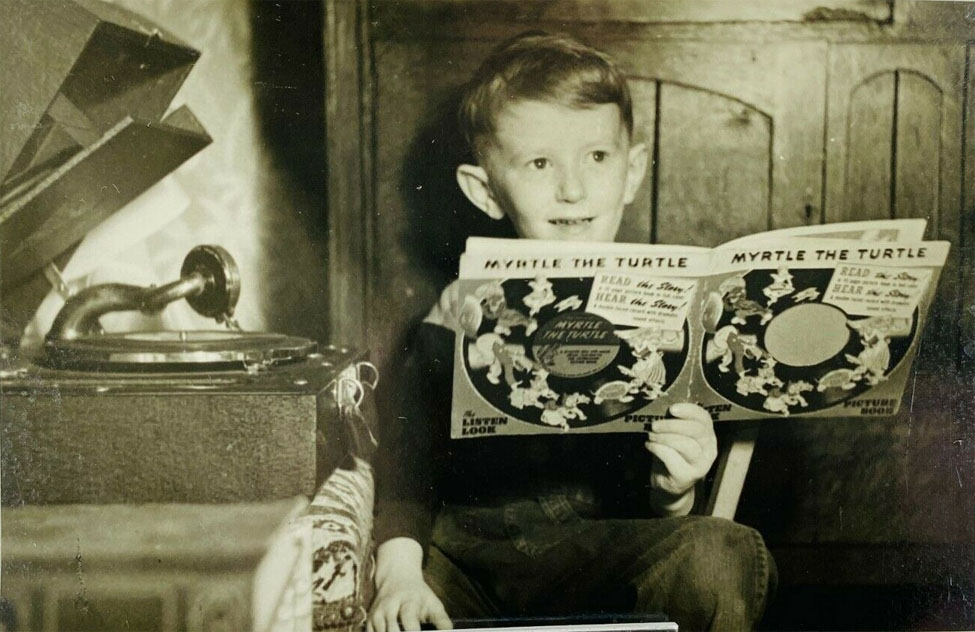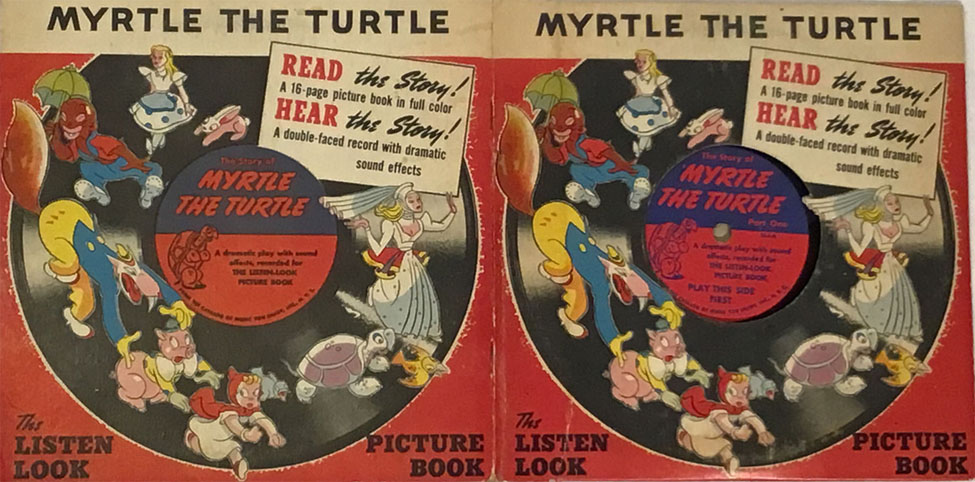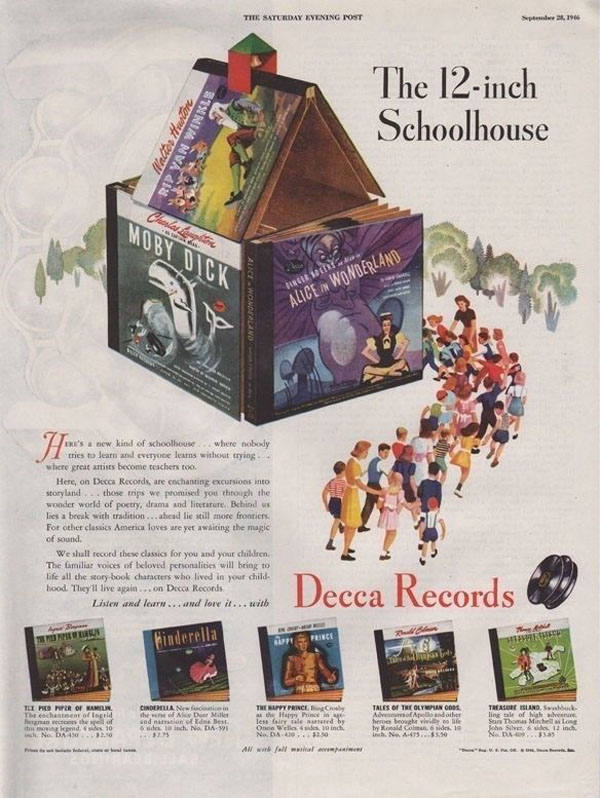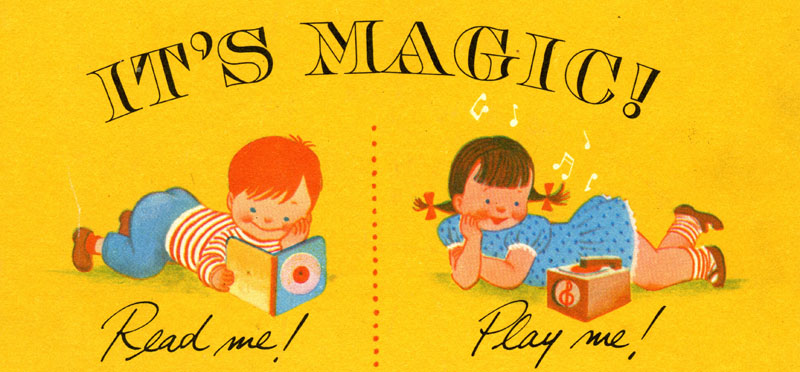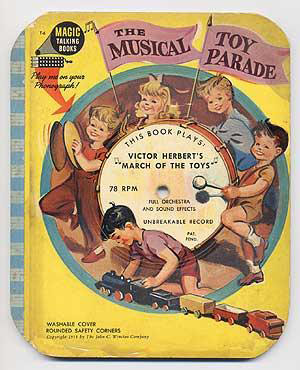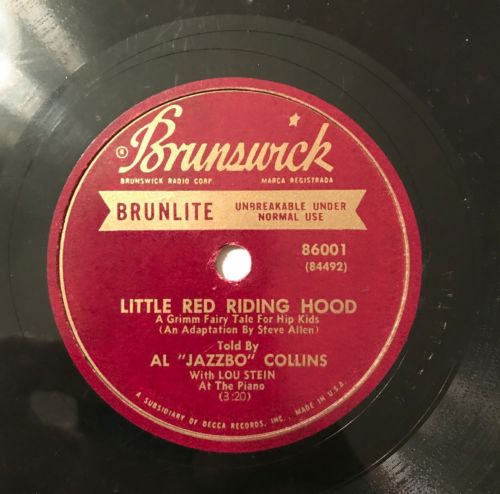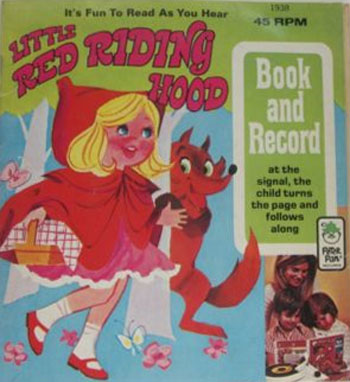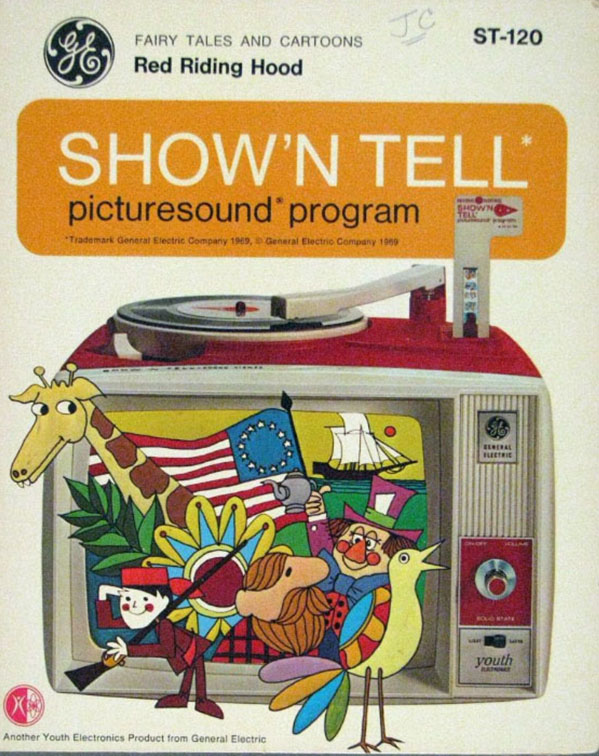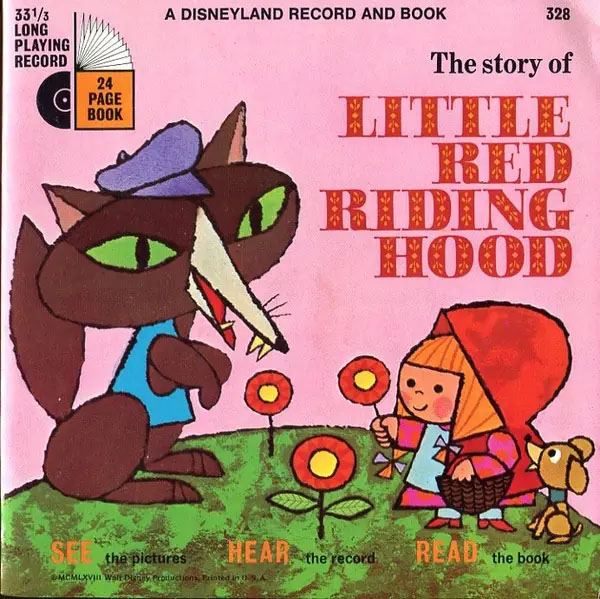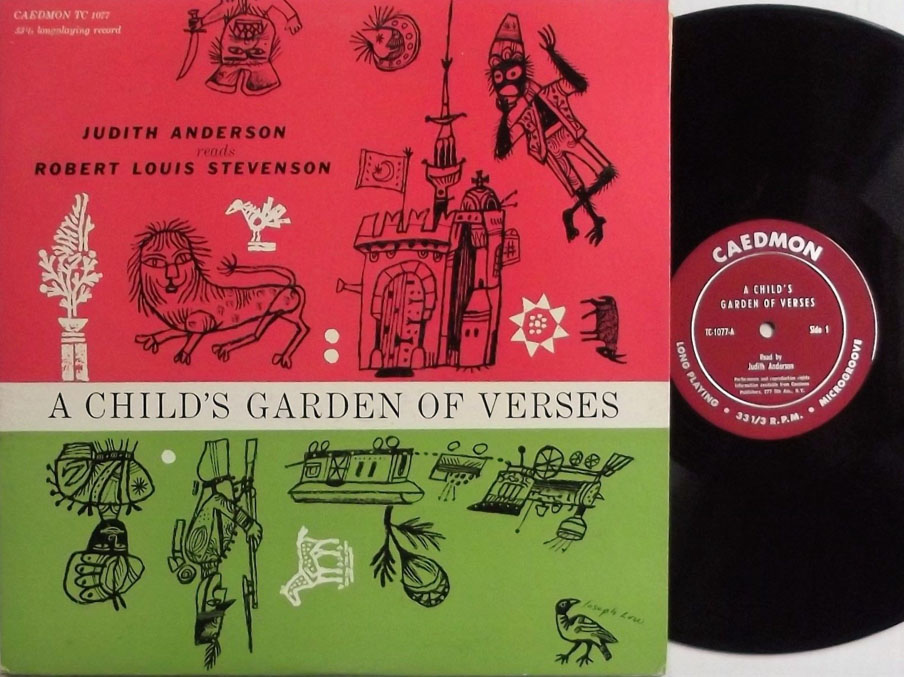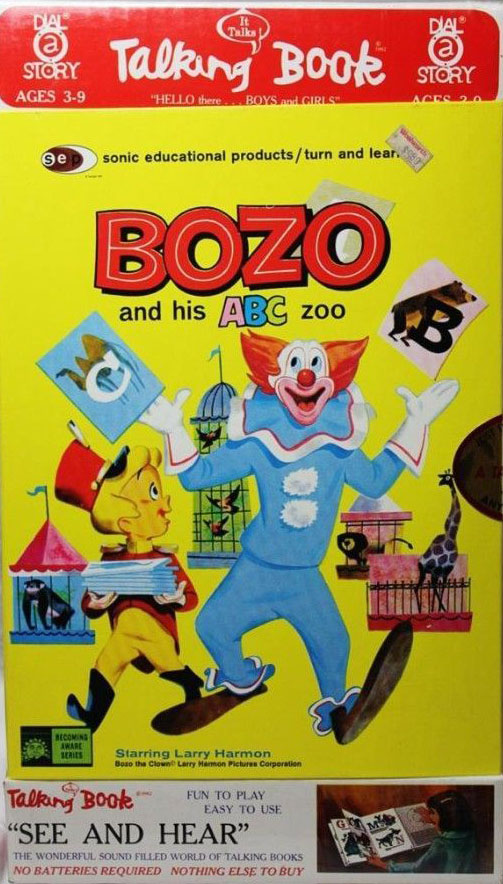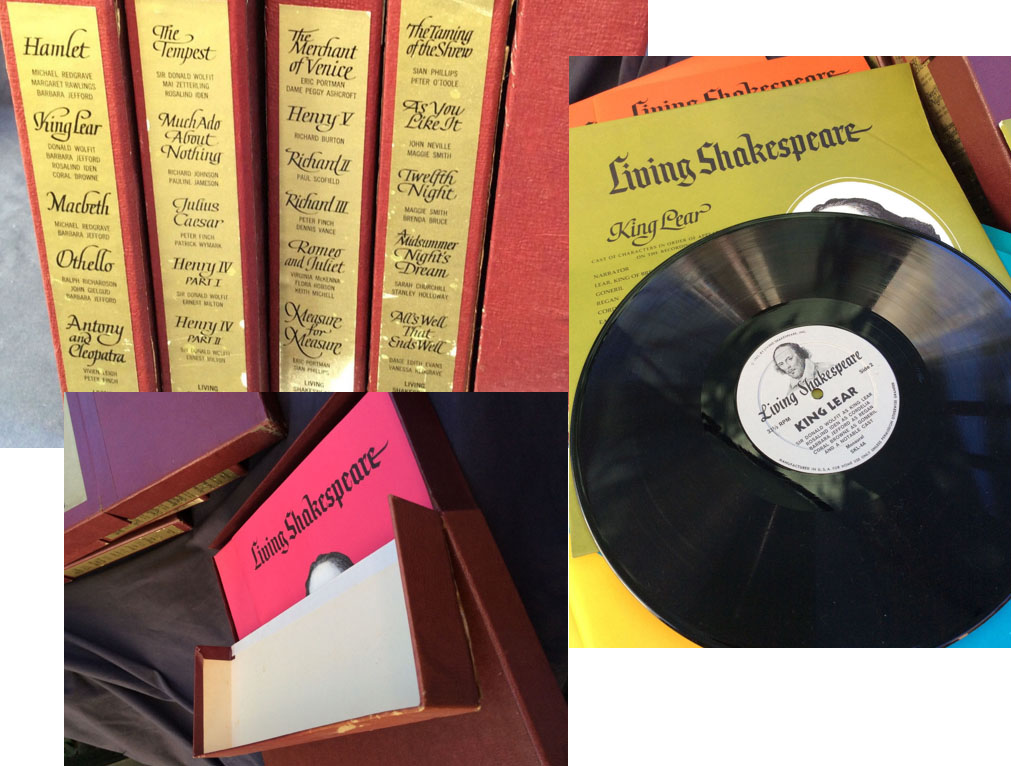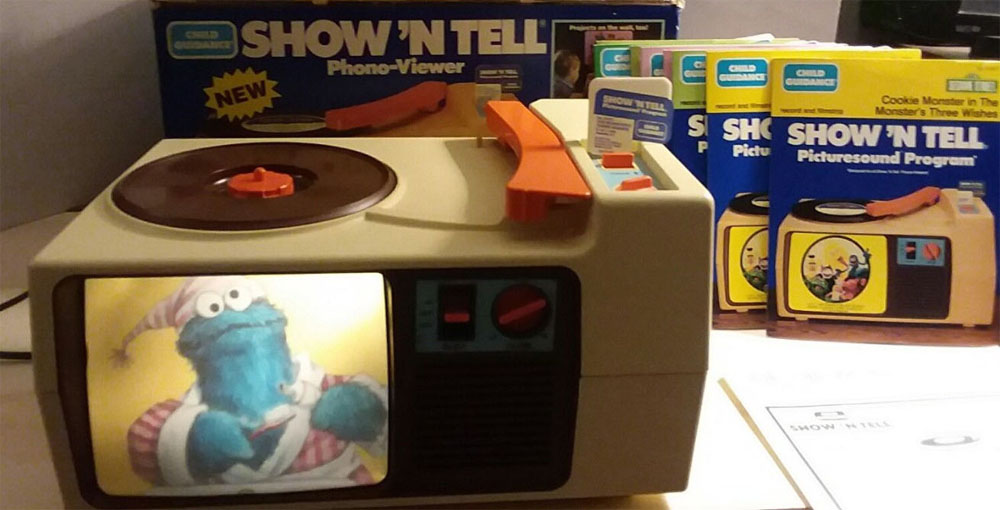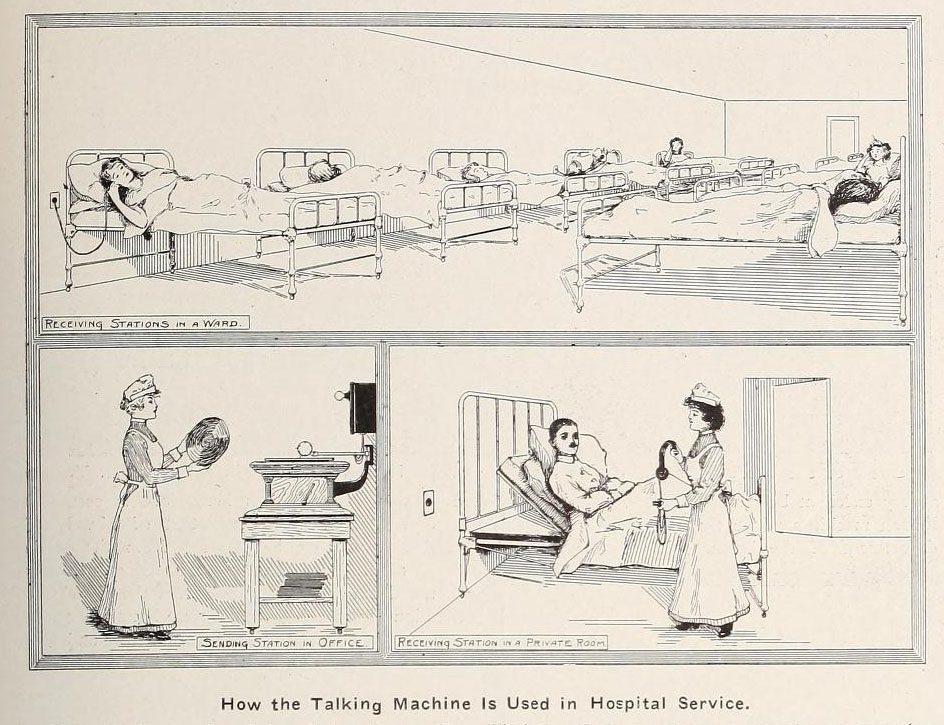The Phonograph and Its Future
Probability: Phonographic Books
.
Phonographic Books. -- A book of 40,000 words upon a single metal plate ten inches square thus becomes a strong probability. The advantages of such books over those printed are too readily seen to need mention. Such books would be listened to where now none are read. They would preserve more than the mental emanations of the brain of the author; and, as a bequest to future generations, they would be unequaled. For the preservation of languages they would be invaluable. The North American Review May-June 1878One of the first to comment on the potential impact of Edison's Phonograph, even before the phonograph was completed, was the New York Times. On November 7, 1877 The Times wrote that the phonograph would eclipse the ingenious telephone which only transmitted sound whereas the phonograph "bottles it up for future use." But their skepticism about bottling up sound and then transforming those sounds into audio books had pointed sarcasm. "Why should we print a speech when it can be bottled?" Why should we learn to read when novels can be listened to "without taking the slightest trouble?" Instead we "shall be able to buy Dickens and Thackeray by the single bottle or by the dozen." "Blessed will be the lot of the small boy of the future" who will never have to learn his letters or wrestle with the spelling-book..."
After Edison published his 1878 "possibilities and probabilties" article about the future of the phonograph there were some defined categories of potential use that could be commented on and illustrated such as phonographic books. But Edison's list did not limit popular culture and the print media in expanding those ideas and looking forward to the new world of recorded sound unlimited by time or place.
Appearing just before Edison's article "The Phonograph and Its Future," the Daily Graphic published the above illustration with caption: "The phonograph at home reading out a novel." From Daily Graphic (New York), April 2, 1878. WikiMedia Commons
A decade after its invention during which time Edison had turned his attention to the electric light bulb and its infrastructure, Edison reentered the world of phonographs with the goal of perfecting it.
Anticipation of Edison's improved Phonograph started another round of speculation in the print media about what this would mean for preserving articulate speech for the future. In the May 26, 1888 issue of Scientific American, the author summarized the profound impact the phonograph would have for future generations because of its wonder in preserving the human voice.
"This century will be memorable above others because it is that which first preserved articulate speech for after time. All poetry, of every age, is full of the yearning, one of the deepest in human nature, for the voice whose gentle greeting could be heard no more, and yet this tender sentiment will be gratified, and each elusive tone and accent now has conferred on it a perpetuity that is not an attribute of even the graven stone or brass."
Scientific American, May 26, 1888 Volume 58 Number 21 -- The phonograph's time has come for the human voice to now have perpetuity.
Nicholas Nickleby and the "Perfected Phonograph"
In 1888, after Edison completed his "Perfected Phonograph" he wrote an updated "future of the phonograph" article for The North American Review, this time titled "The Perfected Phonograph." Edison confirmed that all of the uses he previously had described are now ready to be carried out and that it will soon be possible to record "on four cylinders eight inches long, with a diameter of five... the whole of “Nicholas Nickleby” in phonogram form."
Every one of these uses the perfected phonograph is now ready to carry out. I may add that, through the facility with which it stores up and reproduces music of all sorts, or whistling and recitations, it can be employed to furnish constant amusement to invalids, or to social assemblies, at receptions, dinners, etc. Any one sitting in his room alone may order an assorted supply of wax cylinders inscribed with songs, poems, piano or violin music, short stories, anecdotes, or dialect pieces, and, by putting them on his phonograph, he can listen to them as originally sung or recited by authors, vocalists and actors, or elocutionists. The variety of entertainment he thus commands, at trifling expense and without moving from his chair, is practically unlimited. Music by a band, in fact whole operas, can be stored up on the cylinders, and the voice of Patti singing in England can thus be heard again on this side of the ocean, or preserved for future generations. On four cylinders eight inches long, with a diameter of five, I can put the whole of “Nicholas Nickleby” in phonogram form.Thomas A. Edison, The North American Review Vol. 146, No. 379 (Jun., 1888), pp. 641-650 (10 pages)
Despite Edison's 1888 prediction, no phonograph record set has ever been released for "the whole of Nicholas Nickleby." Caedmon issued an LP in 1982 of excerpts from the story but it was digital technology that finally made Edison's Nickleby recording a reality with compact discs (CDs). Blackstone Audiobook unabridged edition (1 December 2000) which contains 29 CDs with a running time of 38 hours and 9 minutes, is the first unabridged Dickens story read aloud and recorded.
Nicholas Nickleby LP, Excerpts - Caedmon 1982
Nicholas Nickleby read by Charles Vance on CD, Unabridged 2010
Blackstone Audiobooks; Unabridged edition (1 December 2000)29 CDs Running Time: 38h 09m
Nicholas Nickleby - DVD 2002
Talking Books 1918 - 1982
Mother Goose Talking Book, The Talking Book Corporation, 1919
See Discogs for examples of Talking Books made by the Talking Book Corporation, circa 1918 - 1919
Kiddie stories "told in the author's own voice." Columbia records, The Talking Machine World, March 15, 1918
See "Probability: Books" for more examples of talking books (a closely related 1878 Edison probability with this Phonographic Books probability with the primary difference being that Phonographic Books have the assumption that the author would record those books. Additionally, the audience for Books was described as those who would not otherwise be able to read, e.g., blind, health reasons, or even by "the lady or gentleman whose eyes and hands may be otherwise employed.")
Little Red Riding Hood and the Phonograph
Edison Bell Picturegram 1924
Little Red Riding Hood, Vulcan Record Corporation, 1923
Myrtle the Turtle "The Listen Look Picture Book", circa 1942
The Saturday Evening Post, 1946
Back cover to The Magic Talking Book - The Musical Toy Parade, John C. Winston Co., 1955
By placing this book on a record player's turntable its respective song would play.
Little Red Riding Hood told by All Collins, Brunswick Records, 78 RPM
Read and Hear "Little Red Riding Hood" 45 RPM
1969 General Electric Show 'N Tell with Little Red Riding Hood record and slides
See, Hear and Read "Little Red Riding Hood," 33 1/3 RPM, 1968
JUDITH ANDERSON A Child's Garden Of Verses, Caedmon LP, 1957
"See and Hear" Bozo and his ABC Zoo Talking Book, 1961
Living Shakespeare, 26 LPs, 1962
Child Guidance 1981 Show 'N Tell - Picturesound program of record and slides
Nicholas Nickleby LP, Excerpts - Caedmon 1982
THE TALKING MACHINE AS AN AID IN CONVALESCENCE. - Used in a Novel and Highly Successful Way in the Presbyterian Hospital in Chicago. The Talking Machine World, June 15, 1915.
"Medical authorities have been seeking some pleasing form of music or entertainment for use in hospitals, sanitariums and asylums, and the consensus of opinion is that the playing of music, recitations and other entertainment from records to patients, such as above outlined, will be the means of making the patients stay pleasant and comfortable."
The following illustration from The Talking Machine World shows the sending station, with its receiving stations in a ward or private room, provides entertainment from the talking machine.
The article provides some details:
"This new invention consists of a music cabinet on which is located a revolving metal plate to accommodate disc records. In connection with the music cabinet there is operated a specially constructed electrical music transmitter. Throughout wards and private rooms of hospitals and institutions are located electrical outlets connected to the music transmitter with telephone wires, which will accommodate an attachment plug on which is connected, with a few feet of flexible cord, a specially designed head receiver, such as is used by a telephone operator."
